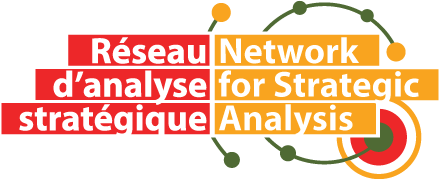Program
10:15 – Opening Remarks
Justin Massie (University of Quebec in Montreal)
10:30 – European and Transatlantic Intelligence Cooperation (view video)
- Chair and Discussant: Jill Sinclair (Department of National Defence)
- Björn Fägersten (Swedish Institute of International Affairs): The Intelligence Demands of European Strategic Autonomy
- Claudia Hillebrand (Cardiff University): The Spiral Loop of Intelligence Liaison: Issues for Secrecy and Accountability
- Gustav Gressel (European Council on Foreign Relations): Subversive Challenges to the Single European Space
12:00 – Keynote Speaker (view video)
Daniel Jean, former National Security and Intelligence Advisor to the Prime Minister of Canada
12:45 – Lunch
13:30 – Challenges of Intelligence Sharing (view video)
- Chair and Discussant: Artur Wilczynski (Communications Security Establishment)
- Adriana Seagle (Bellevue University): Transatlantic Intelligence Sharing and Cooperation: Challenges and Opportunities
- Sarah-Myriam Martin-Brûlé (Bishop’s University): Search for Trust: Challenges in UN Peacekeeping-Intelligence
- Stephanie Carvin (Carleton University) & Thomas Juneau (University of Ottawa): Don’t Hold Back: Canadianize
15:00 – Break
15:30 – Intelligence Cooperation under Multipolarity (view video)
- Chair and Discussant: Heather De Santis (Public Safety Canada)
- Reg Whitaker (University of Victoria): Intelligence Cooperation in Historical Perspective, from Cold War Bipolarity to the Multipolar Present
- Nancy Teeple (Royal Military College of Canada): Enhanced ISR and its Effect on Strategic Stability
- Patrick F. Walsh (Charles Sturt University): Australia’s National Intelligence Community: Challenges and Opportunities in a Multi-Polar World
17:00 – Closing Remarks
Thomas Juneau (University of Ottawa)




Comments are closed.